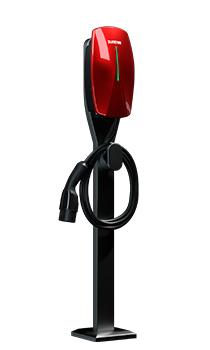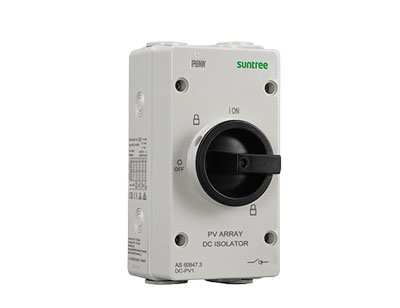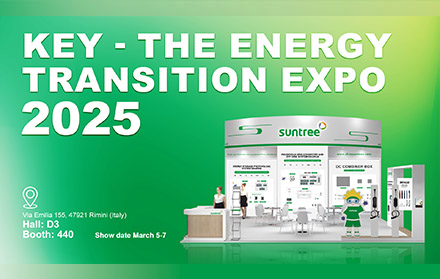Rapid Shutdown Device (RSD) Improves Safety in PV Systems
Rapid Shutdown Devices (RSDs) are essential components in photovoltaic (PV) systems, designed to swiftly reduce or cut off the voltage during emergencies. Their purpose is to ensure the safety of individuals and prevent fires. Typically, RSDs are mounted directly on PV modules and connected to the PV panel.
Operating Principle:
RSDs primarily regulate the output voltage of the PV panel to enable fast shutdown in emergency situations. When a hazardous event, such as a fire or short circuit, is detected, the RSD activates immediately and rapidly reduces the PV panel's output voltage to a safe level. Compliance with the U.S. NEC 690.12-2017 regulation requires PV systems to lower the voltage below 80V within 30 seconds.
Key Features:
1. Module-Level Shutdown: RSDs enable quick shutdown at the module level, only affecting individual PV modules without impacting the entire system. This minimizes the impact on other system components.
2. Independent Operation: RSDs do not require communication with inverters or WiFi sources, allowing them to operate autonomously without interfering with the rest of the system.
3. User-Friendly Operation: RSDs often incorporate an emergency stop button for easy activation of the rapid shutdown function. This intuitive design ensures a prompt response during emergencies.
4. Multiple Input Support: Certain RSD models support 1-2 inputs, enabling simultaneous control of multiple PV modules. This enhances system flexibility and reliability.
Mounting Requirements:
The U.S. National Electrical Code (NEC) specifies specific criteria for rapid shutdown devices. According to the NEC 690.12-2017 standard, PV systems must incorporate a rapid shutdown feature that reduces the voltage to a safe level within 30 seconds within a 305 mm boundary from the PV array. This requirement significantly reduces the risk of electrocution by utilizing RSDs.
Typically, RSDs are mounted on the back side of PV modules, providing direct access to the PV panels and facilitating maintenance and replacement. For example, Tigo Energy's TS4-A-F and TS4-A-2F models are designed specifically as RSDs for solar modules, mounted on the back of the module, and offering rapid shutdown capability using pure signaling technology.
Conclusion:
Rapid shutdown devices are indispensable components of PV systems, enhancing safety measures during emergencies. By directly mounting RSDs on PV modules, voltage risks can be effectively mitigated, safeguarding individuals and preventing fires. As technology advances and standards evolve, RSDs will continue to progress, fortifying the safe operation of PV systems.







